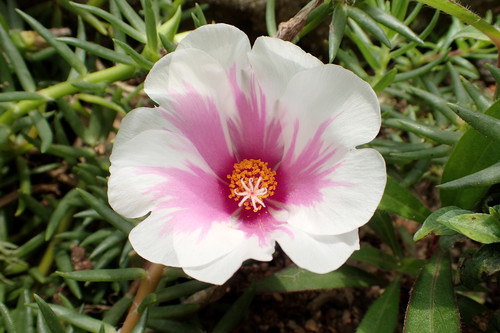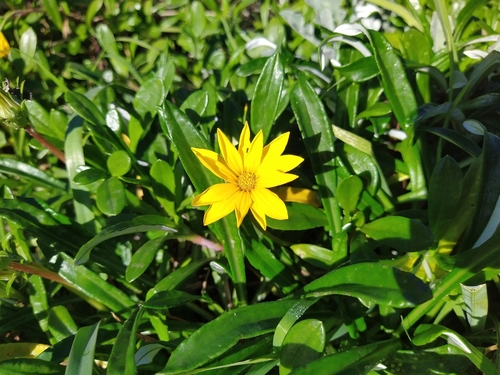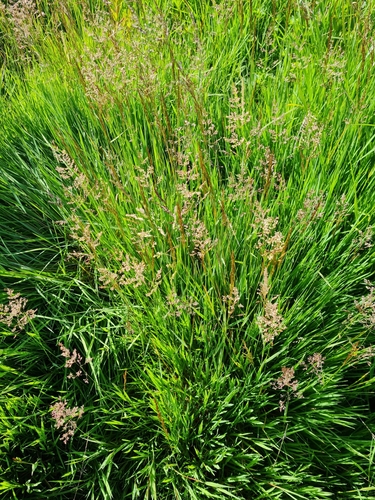My Garden

| Category | Details | |
|---|---|---|
| Culinary Usage | Edible plant | |
| Medicinal Usage | Medicinal Usage | |
| Duration to maturity | 2 months to harvest | |
| Estimated Plant Lifespan | 4 months lifespan | |
| Sun Requirements | 6+ hours direct sunlight (Full Sun) | |
| Pollination | Method: animal Notes: Primarily pollinated by bees and other insects attracted to their bright flowers. | |
| Watering Requirements | Method: top water Frequency: when soil is dry Notes: Avoid overwatering as this can lead to root rot. Water deeply but infrequently. | |
| Humidity Requirements | Level: low | |
| Cleaning Requirements | Deadhead spent flowers to encourage more blooms. Pinch back stems to maintain a bushier shape. | |
| Temperature Range | Min: 15°C Max: 35°C |


Creeping Bentgrass, while not traditionally invasive, can spread aggressively and outcompete Moss Rose for resources, especially in moist conditions.
These small insects suck sap from the plant, causing distorted growth and attracting ants. Look for clusters of aphids on stems and buds.
Mealybugs appear as white, cottony masses on the plant. They weaken the plant by feeding on its sap, and can cause leaf yellowing and drop.
Steps:
- Take stem cuttings from a healthy plant.
- Allow the cuttings to dry for a day or two to form a callus.
- Plant the cuttings in well-draining soil and water sparingly.
- For seeds, sow directly into the soil after the last frost.
Neem Oil
Effective natural insecticide against aphids and other pests.
Diatomaceous Earth
Controls slugs and other crawling insects that might damage Moss Rose.
All-purpose fertilizer
Encourages blooming and healthy growth.
